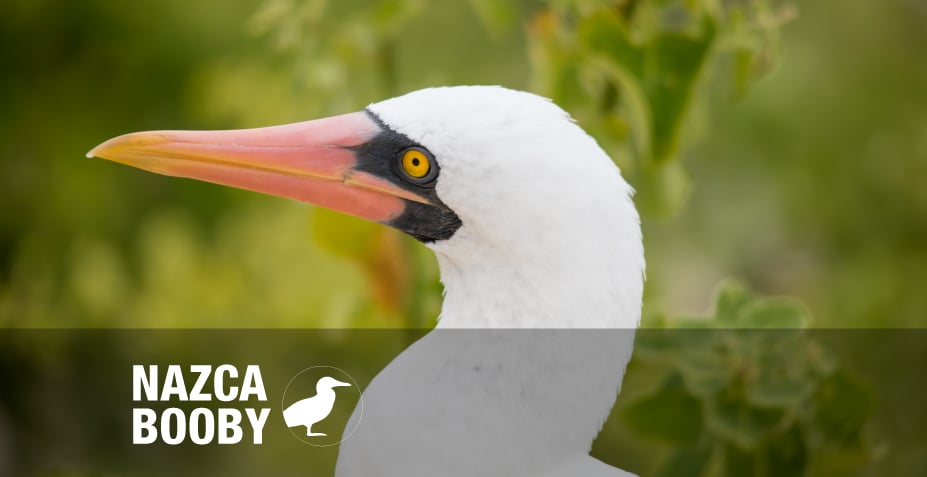The Galapagos BIG15
NAZCA BOOBY

These birds mainly nest along the shoreline, up to 100 metres (300 feet) inland on Genovesa. Hatchlings regularly commit siblicide, mostly by pushing the smaller brother or sister out of the nest, without the parents taking any action. Female Nazca boobies do lay two eggs four to five days apart so that, if the first is broken or eaten, the second may yet produce an offspring. When flying, they can be identified by the black wing and tail feathers. Despite the toughness of its competitive life, it is also listed as non-threatened, with a population estimated at around 30,000, but its global number is estimated to be declining. They can be seen on Genovesa, Española, and Floreana.
Share Galapagos BIG15 with your friends:
Download a free digital copy of our Galapagos BIG15 brochure!

Click on the Image to Navigate


